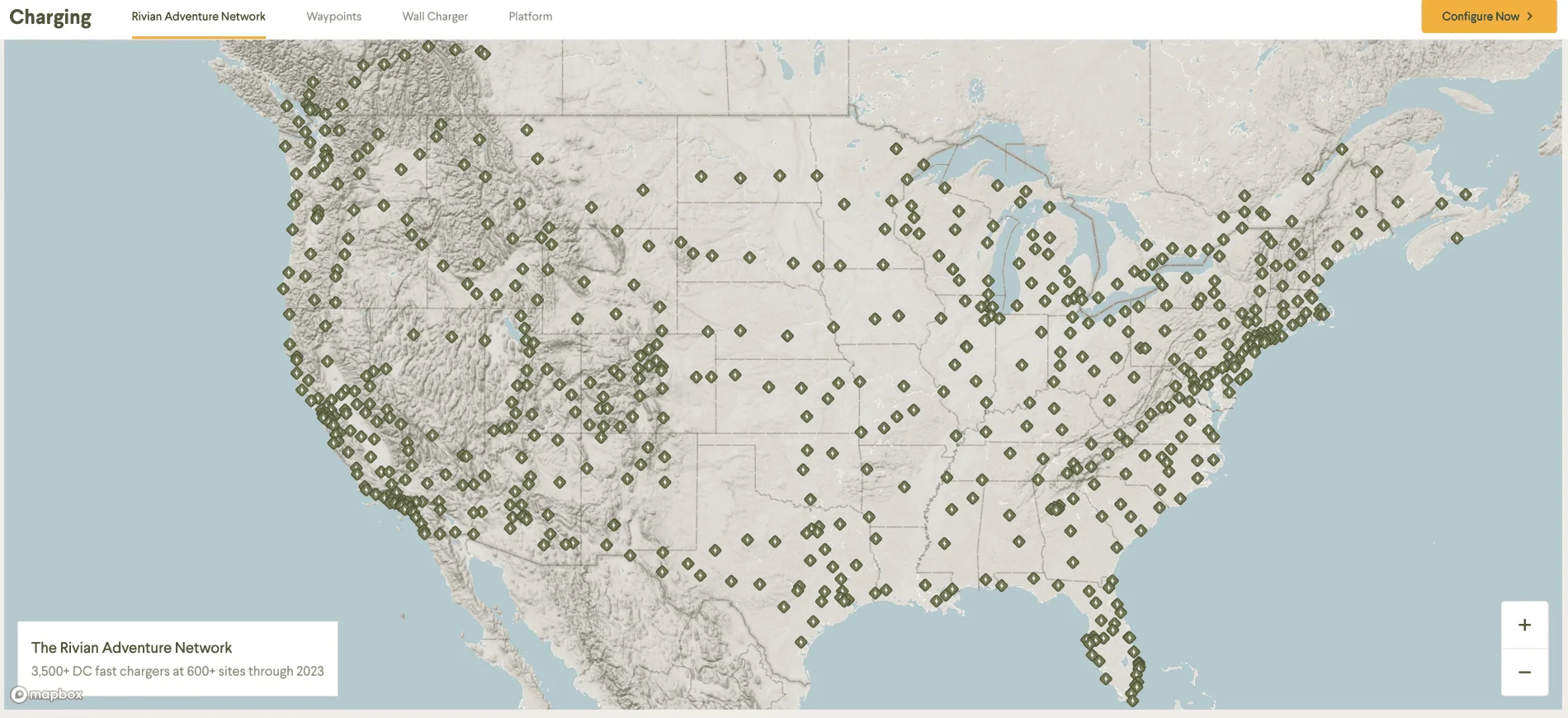codeman
Member
lol even if it's 472 miles (which it won't be as soon as you step on the pedal, load the truck, or turn on your AC) it's still not as good as the 5.0L Coyote for range.
What happens when the road is filled with EV's and everyone needs to battle for a spot to top-up your electric vehicle? Then what? All seems OK now for the small % of EV owners finding new charge stations; even though most EV owners are a bit too dense to admit it's annoying having to wait 30-60 minutes for a charge.
Essentially, long road-trips or long haul drives are going to be a thing of the past once 'critical mass' of EV's is hit. Another case of this "green energy" nonsense only helping fringe cases, rather than the reverse. Not to mention ... "green energy" is a bit of a misnomer entirely. You're still shifting energy resources, and different points of manufacturing around ... albeit in a more sneaky way with these EVs. Typical.
What happens when the road is filled with EV's and everyone needs to battle for a spot to top-up your electric vehicle? Then what? All seems OK now for the small % of EV owners finding new charge stations; even though most EV owners are a bit too dense to admit it's annoying having to wait 30-60 minutes for a charge.
Essentially, long road-trips or long haul drives are going to be a thing of the past once 'critical mass' of EV's is hit. Another case of this "green energy" nonsense only helping fringe cases, rather than the reverse. Not to mention ... "green energy" is a bit of a misnomer entirely. You're still shifting energy resources, and different points of manufacturing around ... albeit in a more sneaky way with these EVs. Typical.
Sponsored


